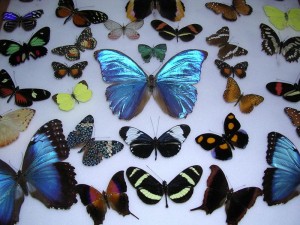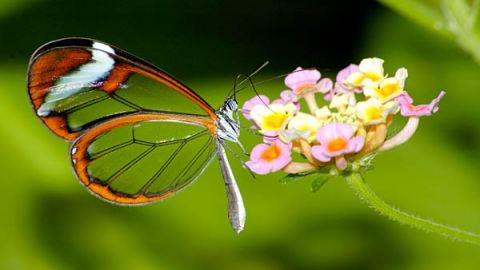Costa Rica News – The evolution of long-winged butterflies has been observed in Costa Rica. A small change in the genome that is responsible for changing wing coloration and pattern seems to play a bigger part than we knew, according to a study published in Cell Reports.
 Butterflies are known for interbreeding. The genome, it turns out, kick-starts the separation of new species. The comparison of the genome in the five key species of long-winged Heliconius butterflies showed how hybridization is interlocked with natural selection.
Butterflies are known for interbreeding. The genome, it turns out, kick-starts the separation of new species. The comparison of the genome in the five key species of long-winged Heliconius butterflies showed how hybridization is interlocked with natural selection.
Marcus R. Kronforst, an evolutionary biologist from the University of Chicago, said, “Historically, people think of speciation as being an accident of being separated for a long time, but here we’ve got natural selection to mimic different things that’s really causing speciation.” The results of the study show the “extraordinary power evolutionary geneticists now control,” said James Mallet, from Harvard.
The study of evolution in the Heliconius genus affected 45 butterfly species recently. This passing on of genetics helped scientists solve the puzzle. Interbreeding between hybrids and ancestor species homogenizes the background genetic variance and highlights those changes that are experiencing selective pressure.
Color and pattern changes on the wings created changes in predators and mating choices, both forms of natural selection.

